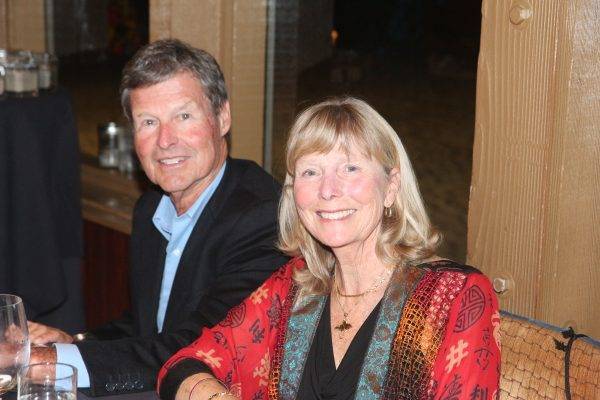Dennis Jarvis, Spyder Surf
Self-deception is a big part of the reason many surfers have difficulty picking out the right surfboard. An old guy getting back into surfing wants a board like the one he rode 20 years and 20 pounds earlier.
“Talking to surfers about the board they want can be like a therapy session,” said Dan Cobley, our readers’ favorite underground shaper.
Our readers’ favorite shop shaper Spyder’s Dennis Jarvis agreed. “Specialty boards are driving the market now,” he said. An example is Spyder’s Modge, a 5-fin model that an 180 pound surfer ride at 5-foot-7. “But my frustration is when a kid who hasn’t learned to bottom turn yet, wants the freakies board out there,” Jarvis said.
Designing a board suitable for a surfer’s experience level and favorite break is difficult even for shapers like Cobley and Jarvis with competitive surfing backgrounds and decades of shaping experience.
“Here’s the magic spot,” Cobley says, pointing to an area just behind the nose rocker. “We’ve all had boards that start to push water when you start to get to your feet. It’s because there’s not enough flatness behind the nose rocker.”
Jarvis pointed to a barely perceptible roll just in from the rails. “Before concave bottoms, you could have turned down rails. But now that the rail is below the bottom, you need to soften the rails so they don’t catch,” he said.
Jarvis also pointed out the deck crowning that has become common on modern boards. The crown adds volume, making it easier to paddle shorter boards.
Both Colbey and Jarvis commented on the trend toward shorter, wider boards.
Jarvis mentioned that local pro Dane Zaun has cut down the lengths of his boards from 6-foot to 5-foot-10, but has added a few eighths of an inch to their width and thickness.
Colbey, who shaped for Becker for five years, before setting out on his own, works out of Becker’s factory on Cypress Avenue in Hermosa Beach.
Jarvis had hoped to be designing boards in his newly remodeled Pacific Coast Highway Store. A computer and overhead screen were set up for him to work on designs at with the customer at his side. But the plan has been put on hold because of an electrical outage that fried the board design program. For now he meets with customers at his 190th Street shaping room.
Despite surfing’s ever changing trends, both Cobley and Jarvis agreed surfboard’s are getting better.
“As great as Kelly Slater is, he wouldn’t be doing carving 360s on a board design from 10 years ago,” Jarvis said.









